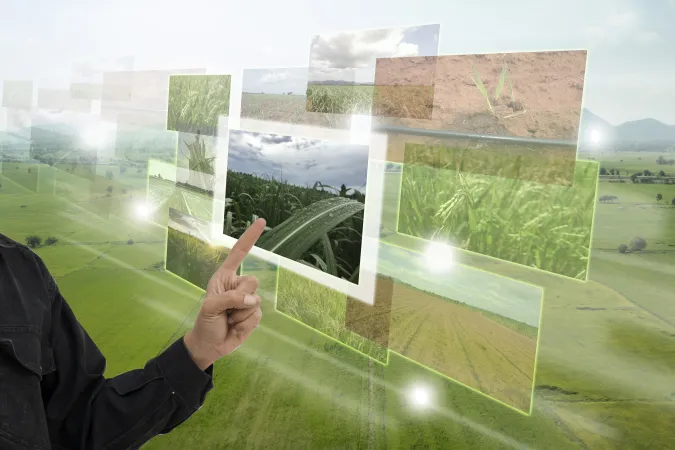Practising science communication at the Canada Agriculture and Food Museum
Born and educated in Mumbai, the culturally diverse metropolis of India, I moved to Canada in 2018 as a new permanent resident to pursue my passion of making science more accessible and building trust in the brand, “Made in India.”
Before my venture into Canada, I had a background in biotechnology and was working as a medical specialist, where I developed scientific content for marketing and advertising, catering to rural and urban audiences across India. In this role, I realized that well-crafted communication can help audiences make better informed choices. This was a driving factor for me to go back to school for a degree in Science Communication.
The first step of my journey was choosing to pursue a Master’s degree in Science Communication at Laurentian University, located in Sudbury, Ontario. The program gave me a foundation in the principles of science communication, from understanding audiences to designing different communication mediums. The course culminated in an eight-week work placement, which allowed me to further develop my skills as a science communicator.
For my work placement, my internship at the Canada Agriculture and Food Museum provided an ideal opportunity to combine my background in biology with my love for communicating science. This was the first time that I would be working in a museum setting, and it proved to be interesting and enriching experience.

Carte pédologique conçue pour l’Inventaire des terres du Canada.

This opportunity originated when Nathan Basiliko, Canada Research Chair in soil microbiology at Laurentian University, approached William Knight, the agriculture curator at Ingenium who works out of the Canada Agriculture and Food Museum. Nathan and Will had collaborated on a historical research project about Canadian soil science, initiated by Kirsten Greer at Nipissing University (see “Excavating Canadian soil science history”). Nathan connected Will with Chantal Barriault, director of the Science Communication Program, and together we set up the internship, which began in May 2019.
Receiving a warm welcome at the museum, and a desk with a beautiful view of the farm, I got to work on my project. In collaboration with Nathan, Will, and the museum’s science advisor, Renée-Claude Goulet, I began creating a set storyboards for videos about the history of soil surveys and soil science in Canada. These storyboards, which the museum hopes to produce soon, will provide deeper context and information for a temporary exhibit on the history of the soil science survey, the importance of soil to agriculture, and its relation to the current climate crisis.
To create the storyboards, I needed to understand the physics, biology, and chemistry of soil, some of which I recalled from my undergraduate degree in biotechnology. My master’s degree in biotechnology helped me understand the benefits of soil for the industry, including agriculture and pharmaceuticals. My research was aided with the large volume of content available at the museum, including videos, books, and research papers in soil science from the early twentieth century.
Borrowing knowledge from the Science Communication program, I identified the target audience and studied the learning environment, factoring in the time that the audience would likely spend with the exhibition and the affordances provided by the exhibition space. This preliminary work helped me draft the key messages, which ensured that the scripts were target-oriented and aligned to the objective. The pre-production skills that I had developed in video production class in the Science Communication program provided me with insight to write the scripts and create the storyboards.
The internship provided me with invaluable skills and hands-on experience as a science communicator. It presented me with the opportunity to create content cohesive with the museum’s interpretive approach, and to understand the work ethic within an educational organization. Throughout my internship, I received helpful suggestions and feedback from my supervisors William Knight, Molly McCullough, and Renée-Claude Goulet.

One of the benefits of working at the Canada Agriculture and Food Museum was visiting the animals in the barns.
This opportunity has broadened my horizons from working in consumer healthcare advertising to working in a museum setting. Adding to my work experience in India, it has allowed me to compare two different demographics, a competency that may give me an edge in my career.
The whole experience was made sweeter by the delicious cupcakes made in the demonstration kitchen, and the visit to the museum’s animals and exhibits. My work with the museum truly enriched my journey here in Canada, and increased my confidence as a science communicator in the making!
















